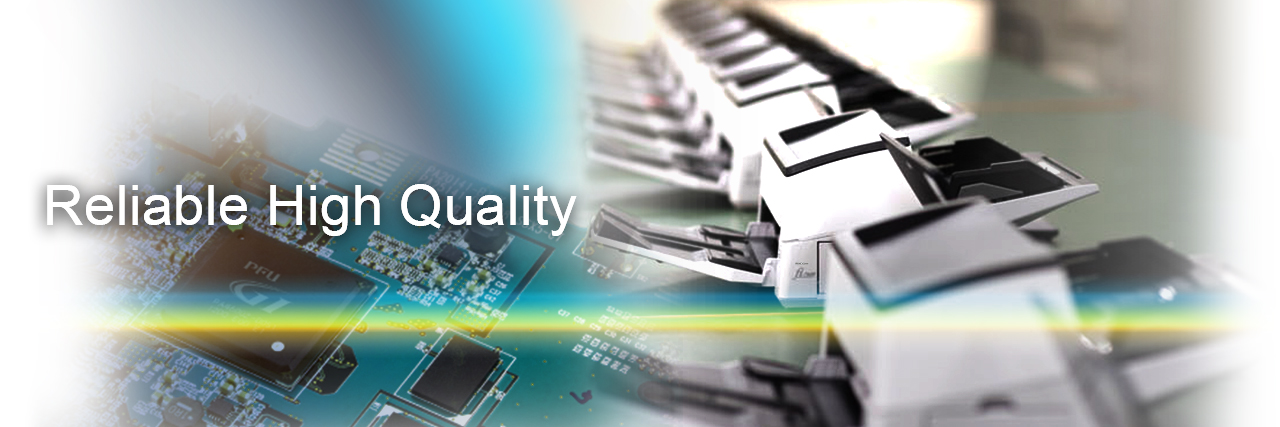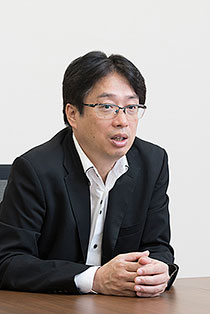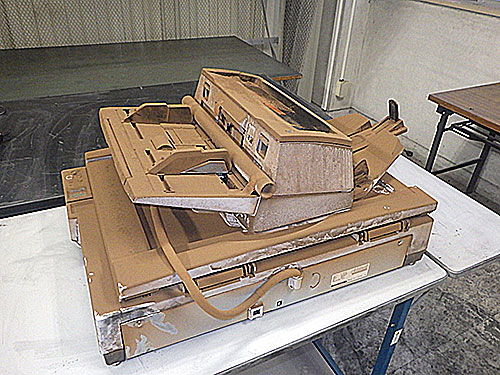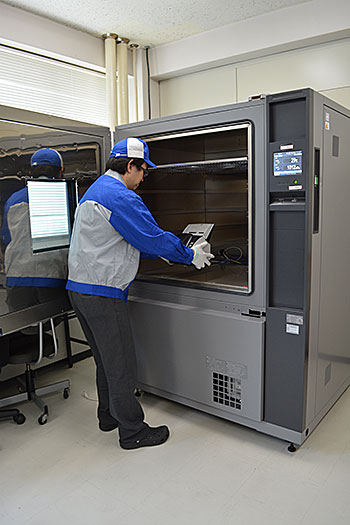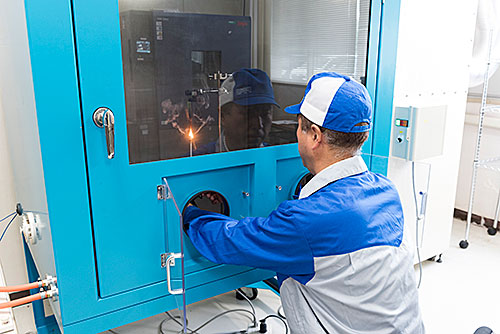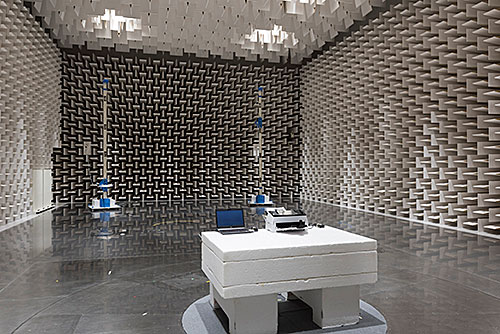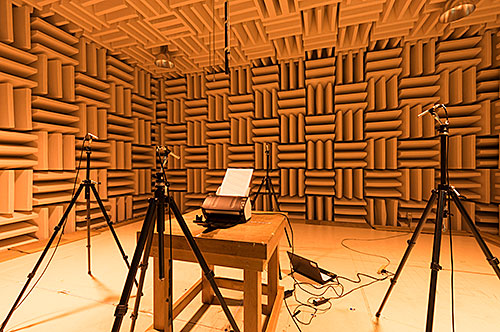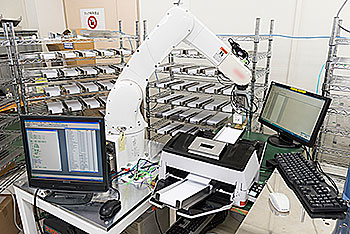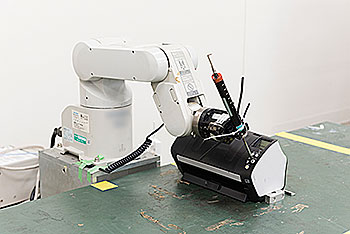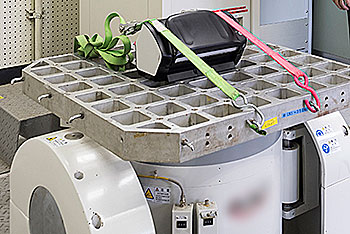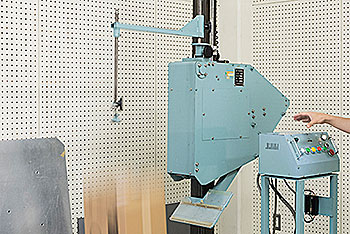Our promise to customers is to deliver trustworthy and safe products that they can rely on. However convenient and sophisticated its functions may be, a product is not a good one if it has problems with its operation or durability. To get close to 100% reliability, we conduct a huge range of both software and hardware inspections that cover all aspects of each product.
This rigorous approach to quality control is such that people still talk about an episode that sounds like a joke in which a newly developed product was put on a plane and taken around the world. It is still the ongoing practice to test new products by sending them overseas by air and transporting them over land by truck for demonstration experiments.
Satoshi Sakai, manager of the Imaging Quality Assurance Department at headquarters, emphasizes that quality control is a matter of attack rather than defense, explaining that, "Our inspections are so exhaustive that other departments are surprised when they see them done. We cannot allow even the smallest slip up."
